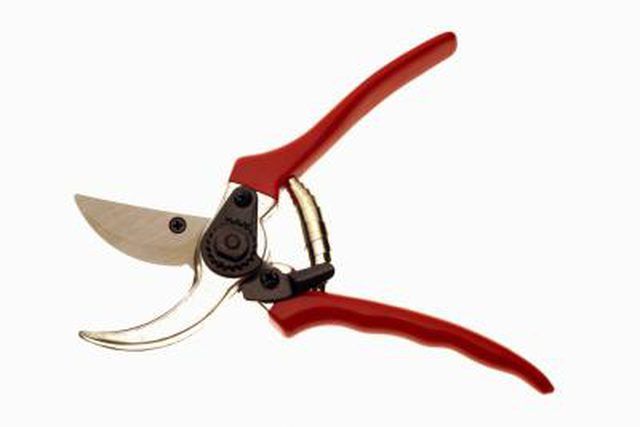Bulbs
Flower Basics
Flower Beds & Specialty Gardens
Flower Garden
Garden Furniture
Garden Gnomes
Garden Seeds
Garden Sheds
Garden Statues
Garden Tools & Supplies
Gardening Basics
Green & Organic
Groundcovers & Vines
Growing Annuals
Growing Basil
Growing Beans
Growing Berries
Growing Blueberries
Growing Cactus
Growing Corn
Growing Cotton
Growing Edibles
Growing Flowers
Growing Garlic
Growing Grapes
Growing Grass
Growing Herbs
Growing Jasmine
Growing Mint
Growing Mushrooms
Orchids
Growing Peanuts
Growing Perennials
Growing Plants
Growing Rosemary
Growing Roses
Growing Strawberries
Growing Sunflowers
Growing Thyme
Growing Tomatoes
Growing Tulips
Growing Vegetables
Herb Basics
Herb Garden
Indoor Growing
Landscaping Basics
Landscaping Patios
Landscaping Plants
Landscaping Shrubs
Landscaping Trees
Landscaping Walks & Pathways
Lawn Basics
Lawn Maintenance
Lawn Mowers
Lawn Ornaments
Lawn Planting
Lawn Tools
Outdoor Growing
Overall Landscape Planning
Pests, Weeds & Problems
Plant Basics
Rock Garden
Rose Garden
Shrubs
Soil
Specialty Gardens
Trees
Vegetable Garden
Yard Maintenance
How to Trim a Ficus Microcarpa Ginseng
How to Trim a Ficus Microcarpa Ginseng. Those who grow the Ginseng ficus (Ficus microcarpa nitida), a favorite in the world of bonsai with its distinctive above-ground root system and twisted stem, enjoy its relative ease of care. It's hardy in U.S. Department of Agriculture plant hardiness zones 9 through 11, and can also be grown indoors. The...

Those who grow the Ginseng ficus (Ficus microcarpa nitida), a favorite in the world of bonsai with its distinctive above-ground root system and twisted stem, enjoy its relative ease of care. It's hardy in U.S. Department of Agriculture plant hardiness zones 9 through 11, and can also be grown indoors. The Ginseng ficus grows slowly in containers, but timely trimming is necessary to help maintain its characteristic "shallow triangle" shape, in which the roots at the bottom are more narrow than the shoots and leaves creating the canopy at the top. Proper trimming also ensures dense, healthy growth of your Ginseng ficus.
Things You'll Need
Hand pruners with pointed tip
Disinfect your pruning tools before use to prevent the possible spread of disease from plant to plant. Fill a bucket with a 25 percent bleach solution using 1 part bleach to 3 parts water, and soak your pruning tools for at least five minutes. Allow the pruners to air dry before use, or rinse them with water and dry them with a clean towel before you begin trimming your Ginseng ficus.
Look for long shoots growing outside the normal "shallow triangle" or other intended shape of your Ginseng ficus, and use the hand pruners to cut them back to the desired size. Always make your cuts at a 45 degree angle, and cut just above a leaf node whenever possible. Continue trimming these shoots by pruning off all but two leaf pairs, which eventually helps build density. Trim them close to the shoot, but try not to cut into the shoot itself.
Prune off new root shoots appearing on or near the plant's bulbous root system by trimming them away completely. Aim for a shape that gradually elevates the height of the tree's canvass as it grows. If left in place, new root shoots can become new leaders, or main roots, which will compromise the structure and aesthetics of your bonsai tree.
Remove the Ginseng ficus from its pot when it appears to be outgrowing it, or once every two years, and perform a transplant trim. Hold the tree by its topmost, bulbous root ball, and use your hands to brush off any soil stuck to the roots. Allow the lower roots to hang down, and use hand pruners to trim off approximately 25 percent of the lower roots. Prune them away as close to the root ball as possible before transplanting the Ginseng ficus into a larger pot.
Tips & Warnings
For best results, only trim your Ginseng ficus during the spring growing season. Pruning while the plant is dormant can cause damage.